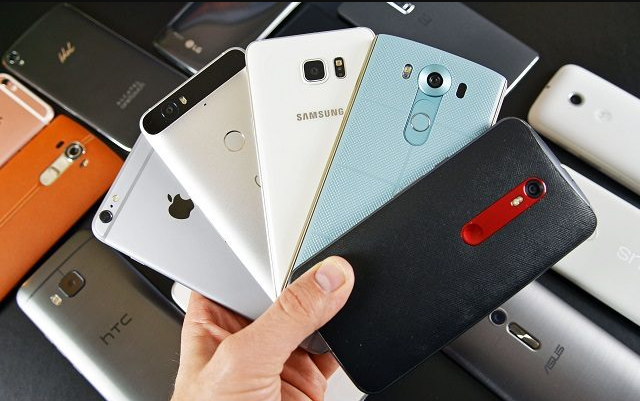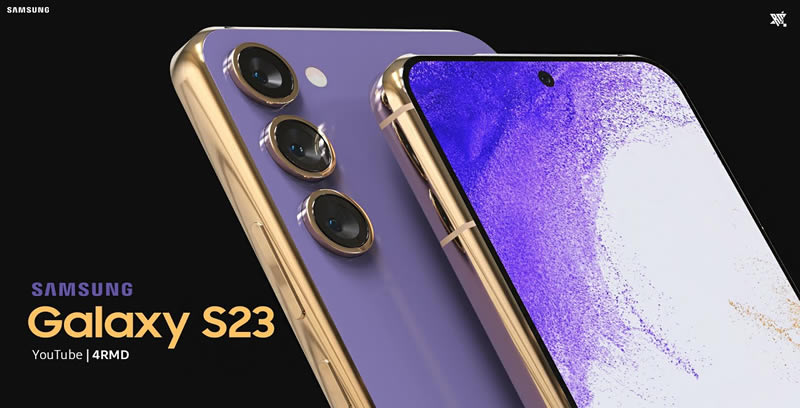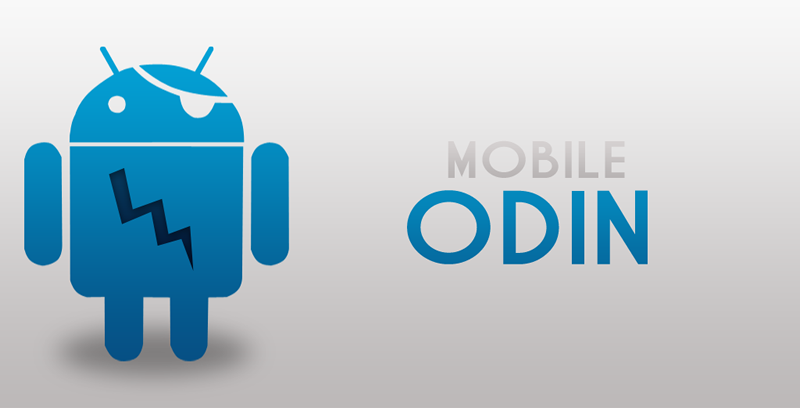Search result

Several voices both inside and outside the smartphone industry have been quoted saying that handsets have reached the pinnacle of their evolution in their current form. Today, smartphones are more powerful than the average desktop PC was a few years ago, millions of times faster than the computers used to send a man to the moon. At the same time, statistics have shown that the majority of smartphone owners don't even use a fraction of their handsets' processing power. The majority of smartphone owners use them to play games, known to be the most demanding type of smartphone apps, but most of the time these games are simple, casual titles, mobile pokie games, word games, and their likes, hardly a challenge for even a two-year-old handset.
Considering the lack of exciting news on the smartphone market, and the release of a great variety of high-performance and affordable smartphone models, it seems safe to say that we should reconsider our future smartphone purchases and focus on accessibility rather than hype.
Samsung Galaxy S7, the best example
Samsung's Galaxy S7 was surrounded by a lot of excitement before its release in February 2017. When it hit the shelves, though, users couldn't hide their disappointment with the handset. Compared to the previous year's flagship phone, the Samsung Galaxy S6, the S7 failed to produce any significantly new and exciting features. It had the same size screen with the same resolution and pixel density, it had a slightly faster system-on-a-chip, a newer GPU, it had 1GB of extra RAM and a slightly improved performance. In short, nothing that would've justified switching from the Galaxy S6 to the Galaxy S7.
Now let's take a look at another Samsung model released in 2016, the J7. Compared to the same Galaxy S6, it brought forth several improvements, including a newer chipset, a larger screen, a dedicated MicroSD slot (the S6 didn't have one), FM radio (something many of us still appreciate today), a larger battery with longer battery life, and a price tag that made it much more affordable at the time than the previous year's flagship model. In short, a phone with enough performance to be a perfect choice for everyday use, without the need to sell an arm and a leg to buy it.
The performance gap
The performance gap between "affordable" and "flagship" handsets becomes narrower every year. One of this year's more affordable smartphone models, the Galaxy A7 (2017), has a price tag almost $300 lower than any of last year's Samsung flagships, coupled with a performance that's not too different compared to these models. An average user will surely not notice the difference in performance between the two but welcome the price difference nonetheless.
Considering all of the above, I think it's safe to say that we shouldn't focus on flagship models anymore. They might be the ones surrounded by the biggest hype in the press but this doesn't make them the right ones for us - and they shouldn't be the models we desire the most.
© 2023 YouMobile Inc. All rights reserved





